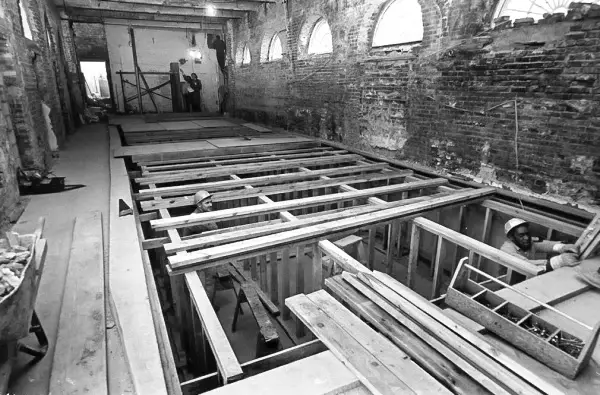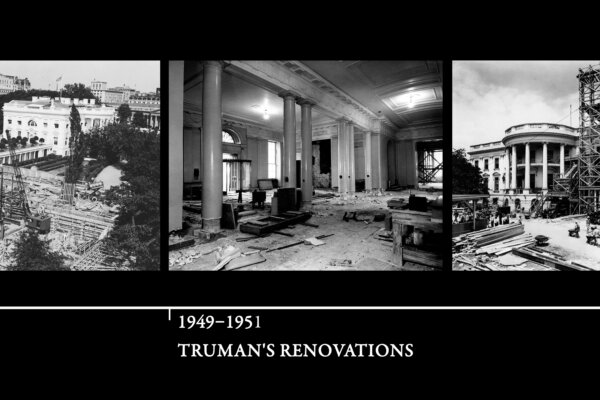Images of the East Wing of the White House being pulled down to make way for an expansive new ballroom have sparked controversy in some quarters.
As some historians have noted, however, the $300 million ballroom will join a long line of renovations that, regardless of how they were received at the time of construction, eventually became cherished parts of the building’s facade.
“The South Portico, the North Portico, the East Wing, the West Wing, and the Truman Balcony all raised concerns at the time—but today, we can’t imagine the White House without these iconic elements,” the White House Historical Association said.
Here is how those elements came to be, over a long history of renovations, since the first cornerstone was laid over two centuries ago.
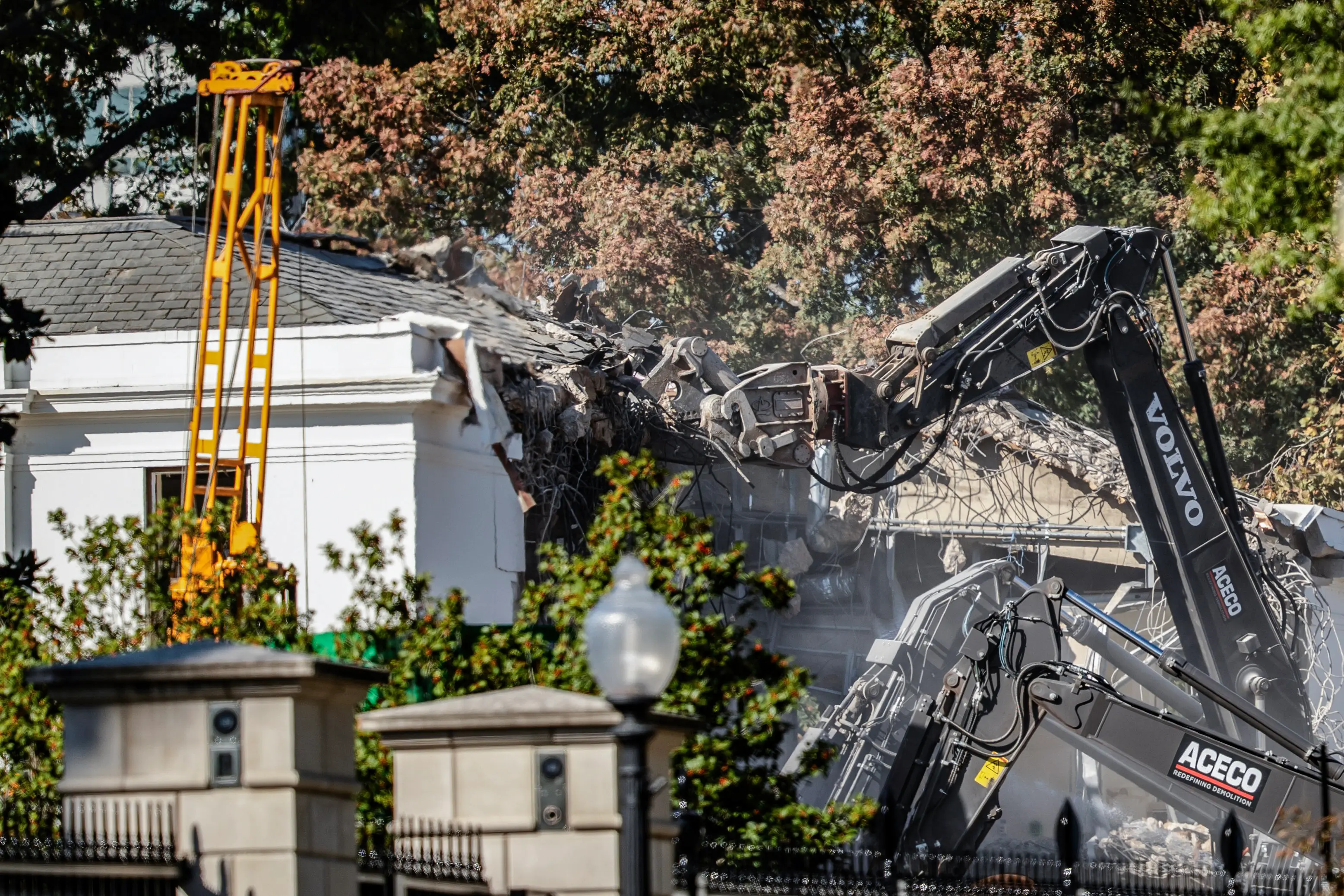
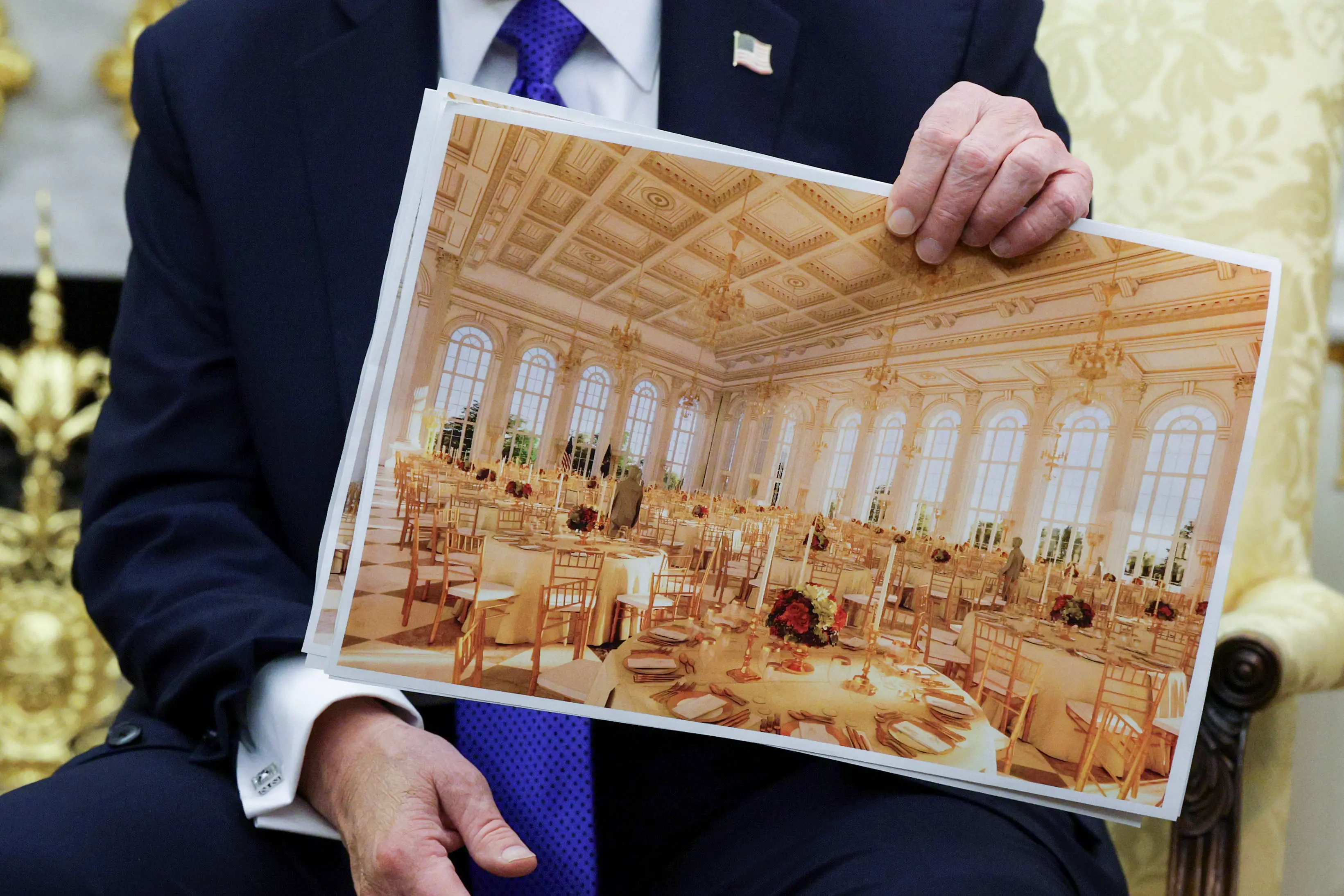
Origins of the White House
President John Adams was the first president to live in what would later be known as the White House, moving in November 1800 to the new U.S. capital established in the swamps outside President George Washington’s Mount Vernon.
Irish-American architect James Hoban was awarded the contract to build the original structure under a contest Washington and Secretary of State Thomas Jefferson held.
The cornerstone for the building was laid in October 1792.
The White House’s original design contains many elements still present in the building’s facade, including a columned entrance flanked by two stories of broad, open windows.
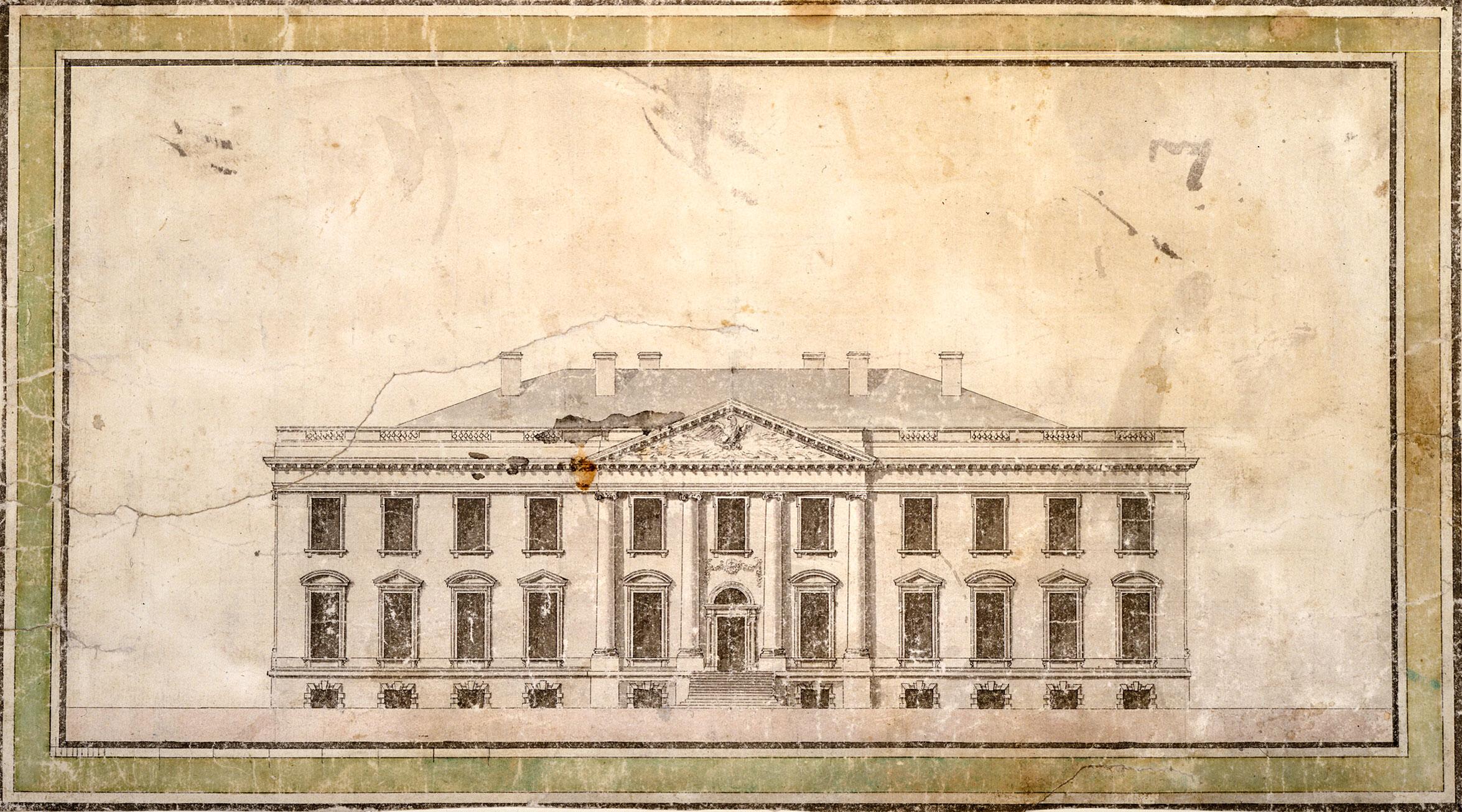
The First Wings Added
In the 14 years after Adams first occupied the White House, some changes were made.
Despite opposition to the size of the building, which he thought was too large, President Thomas Jefferson authorized the construction of the East and West Colonnades—small wings for housekeeping tasks—which still exist today.
Then, in 1814, the White House—then occupied by President James Madison—was burned in the British raid of Washington during the War of 1812.
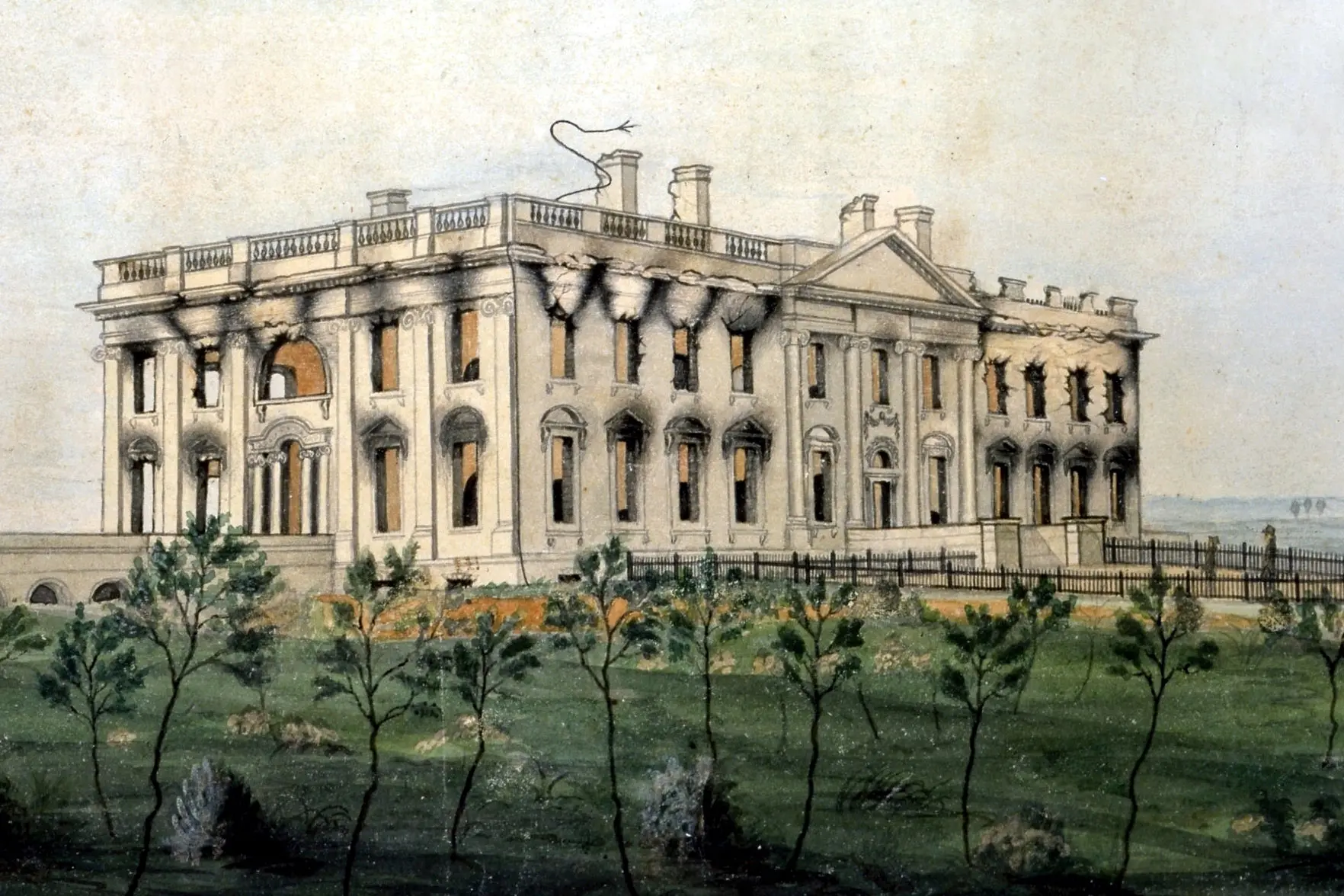
Only the building’s exterior remained intact, with the interior largely burned and in need of replacement.
During the battle, key artifacts from the White House—including Gilbert Stuart’s famous portrait of Washington—were saved by First Lady Dolley Madison’s quick thinking.
After the war, reconstruction of the White House began almost immediately.
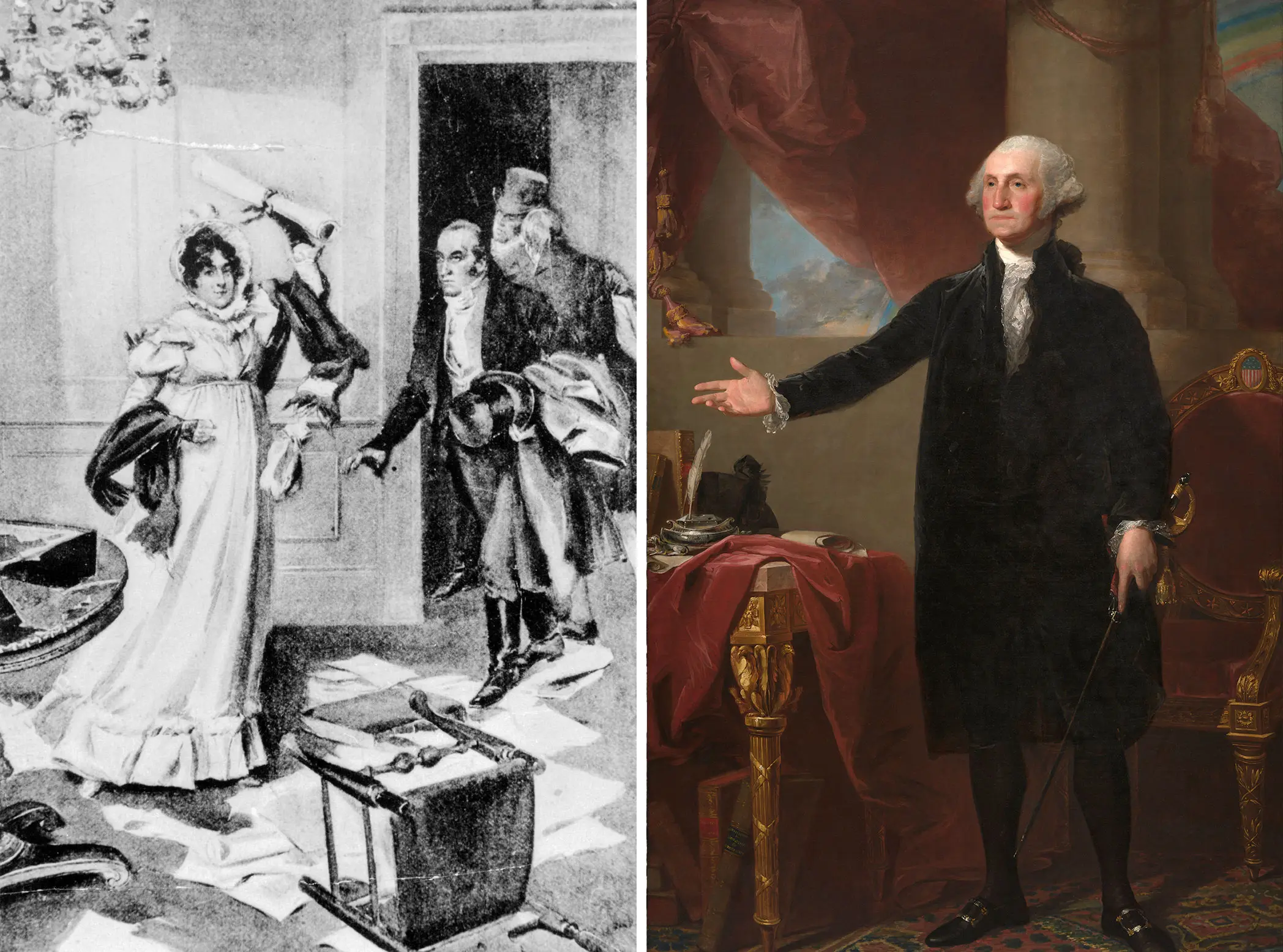
Civil War and Late 19th Century
By the time of the American Civil War, the White House was overcrowded with executive staff and had become a hotbed for malaria in the swampy, mosquito-infested capital.
A plan was put forward to change the executive residence, but it failed to gain traction.
President Chester Arthur oversaw further renovations to the White House, removing twenty wagonloads of artifacts, sculptures, and portraits to be sold at auction.
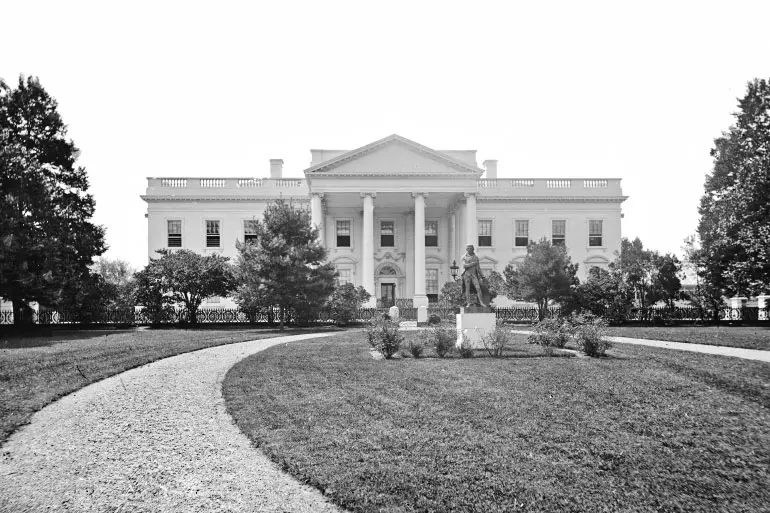
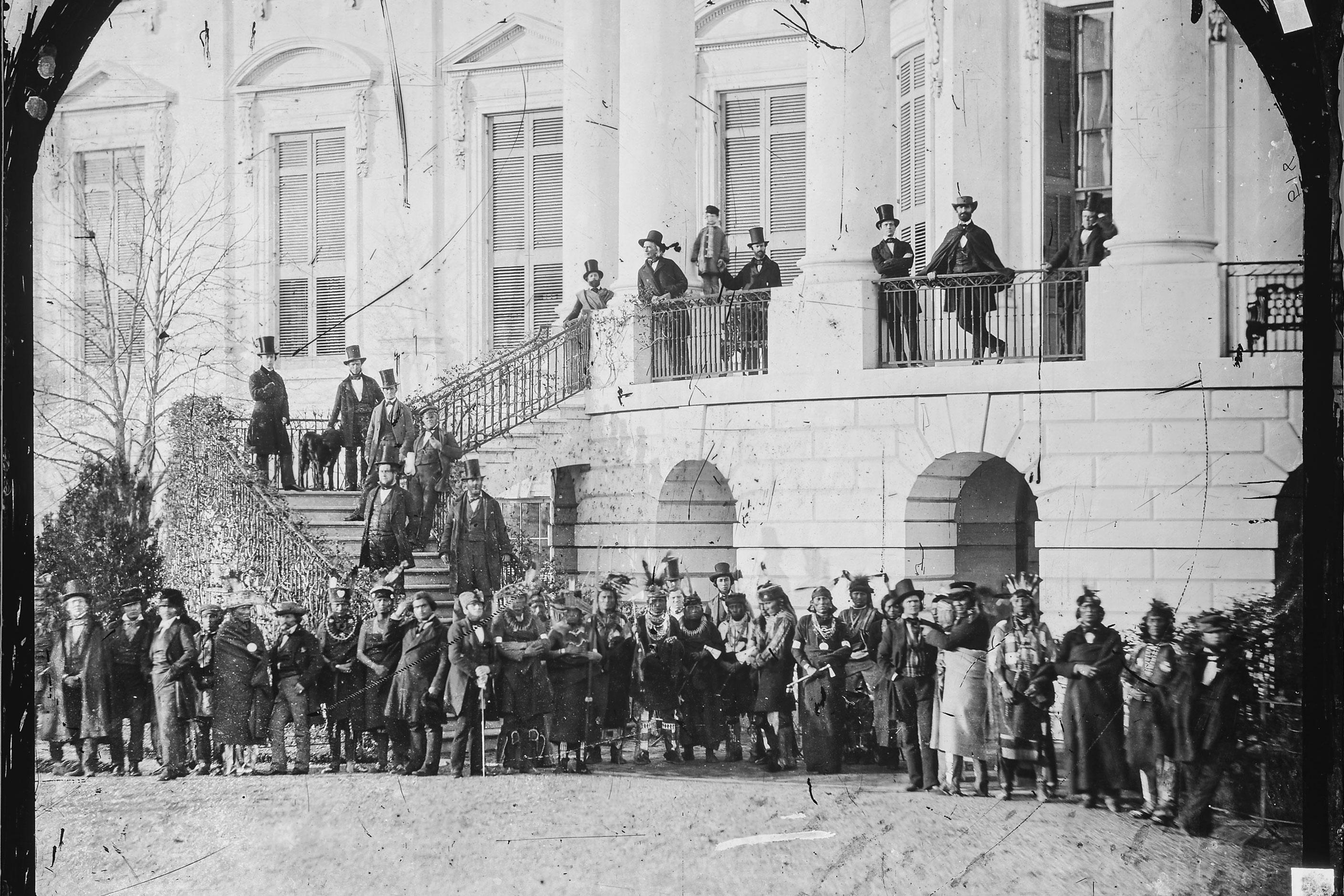
The renovations aligned certain portions of the building and its decor with the aesthetics of the Victorian Era.
By the end of the 19th century, overcrowding concerns remained, leading President Benjamin Harrison and his wife to unsuccessfully propose an expansion to the home.
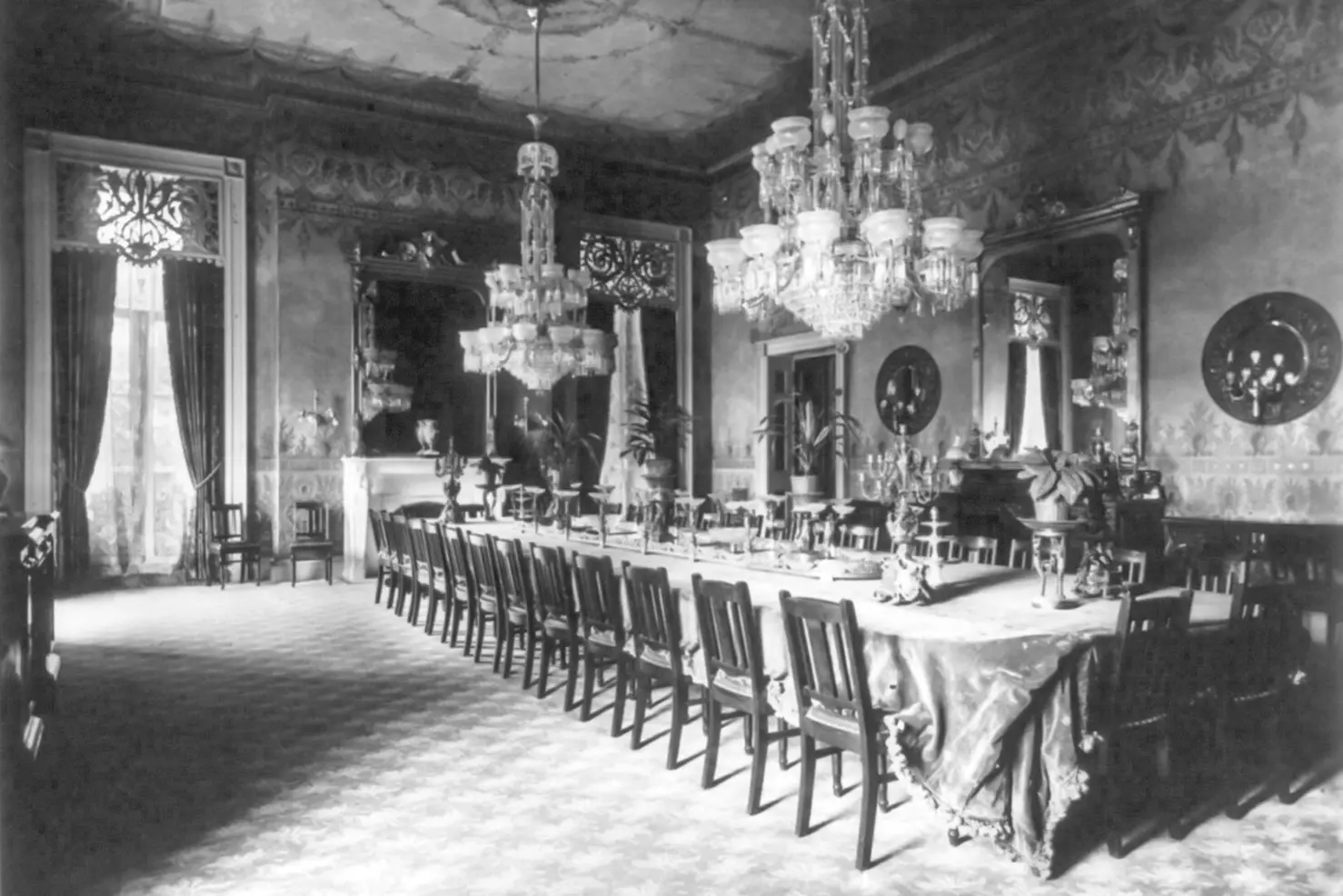
The West Wing
Though it’s now synonymous with executive power, the West Wing of the White House wasn’t added until the 20th century.
The overcrowding that had plagued the home since the Civil War reached a tipping point under President Theodore Roosevelt, who found the premises insufficient to house both his family of six children and an executive staff.
In 1902, Roosevelt contracted a renovation and expansion of the executive manor, removing the Victorian Era influences and aligning the building’s interior with its neoclassical architecture. Architect Charles McKim oversaw the project.
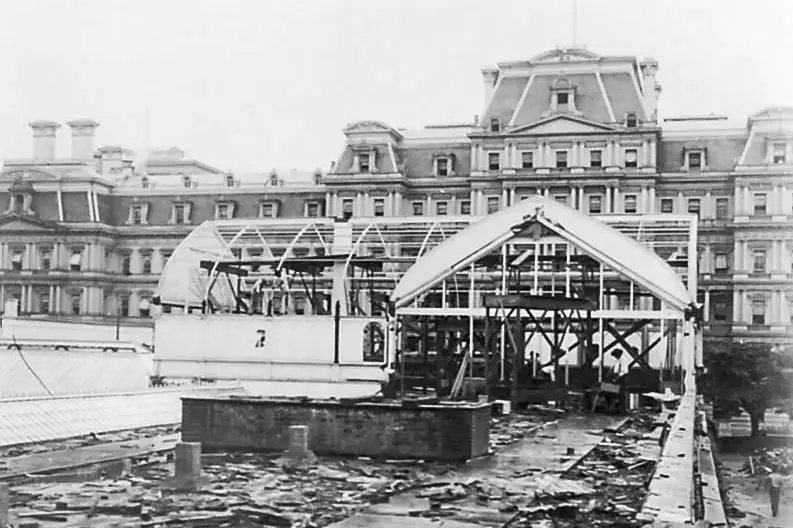
Accessed via the West Colonnade, a new “temporary” office building—now known as the West Wing—housed executive staff and offices, leaving the primary residence for use by the president and family.
Additional smaller-scale renovations and expansions were carried out under Presidents William Howard Taft, Calvin Coolidge, and Herbert Hoover.
In the 1930s, President Franklin D. Roosevelt added a second story to the West Wing and moved the Oval Office to its current spot beside the Rose Garden.


Truman and Kennedy Renovations
Successive renovations began to produce problems as the White House neared 150 years of occupation.
By 1948, under the tenure of President Harry Truman, the building had become so unstable that it was declared to be in imminent danger of collapse. The situation was serious enough that Truman and his wife were moved to Blair House across the road between 1949 and 1951 while the White House was gutted and reconstructed.
The structure and exterior of the home remained mostly the same, but the interior was heavily changed. Plasterwork set in 1814 was too damaged to preserve, as was wood paneling from the East Room.
Under President John F. Kennedy, the White House was redecorated under the auspices of First Lady Jackie Kennedy.
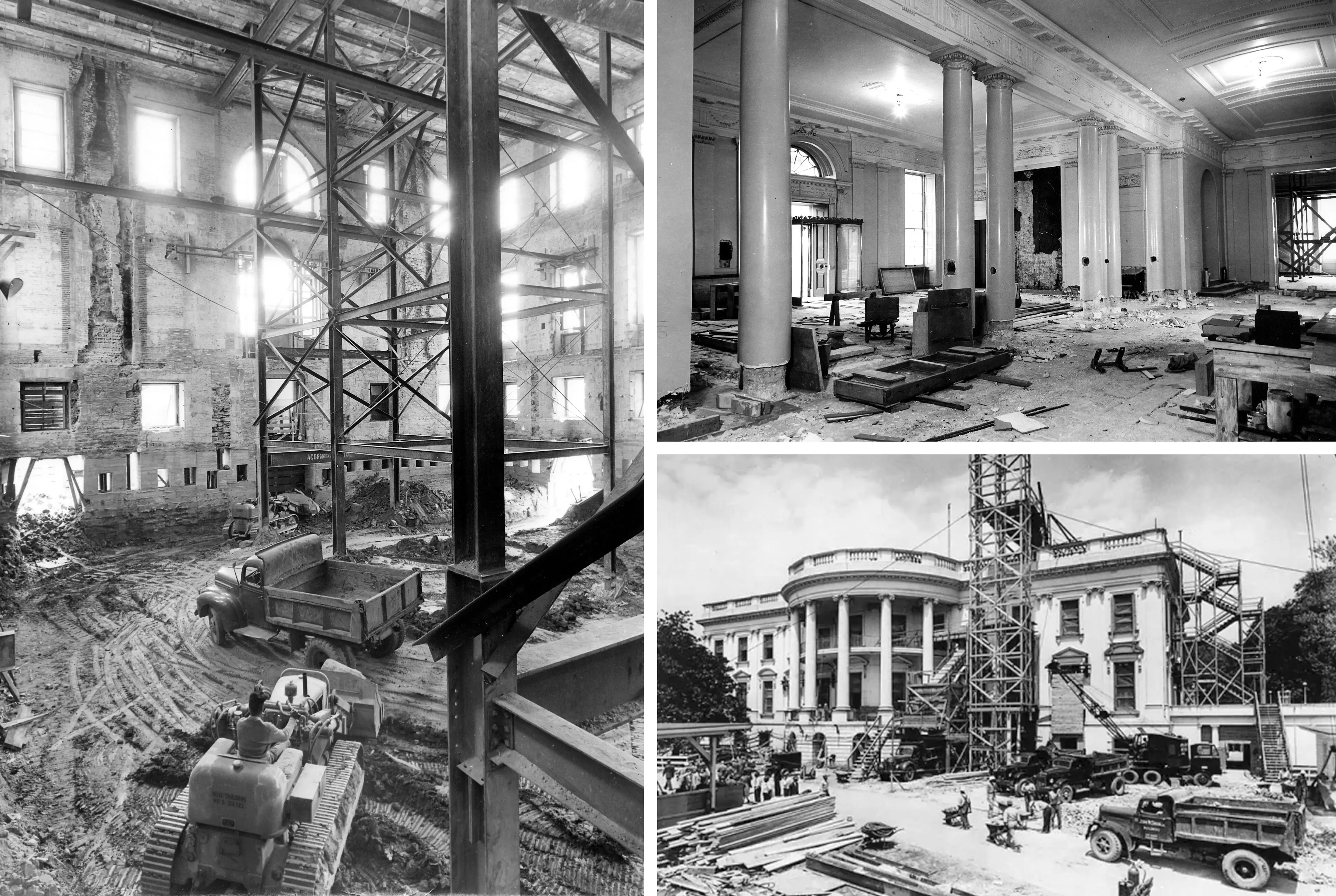
Most Recent Additions
A handful of other major additions were made after the expansive renovations of the mid-20th century.
These included President Richard Nixon’s addition in the 1970s of a single-lane bowling alley and construction of the current White House press room over a swimming pool commissioned by President Franklin D. Roosevelt.
President George W. Bush added solar panels to the building’s roof, and President Barack Obama—the most recent president to make a substantial addition to the White House—converted the White House tennis court into a dual-use basketball and tennis court.
